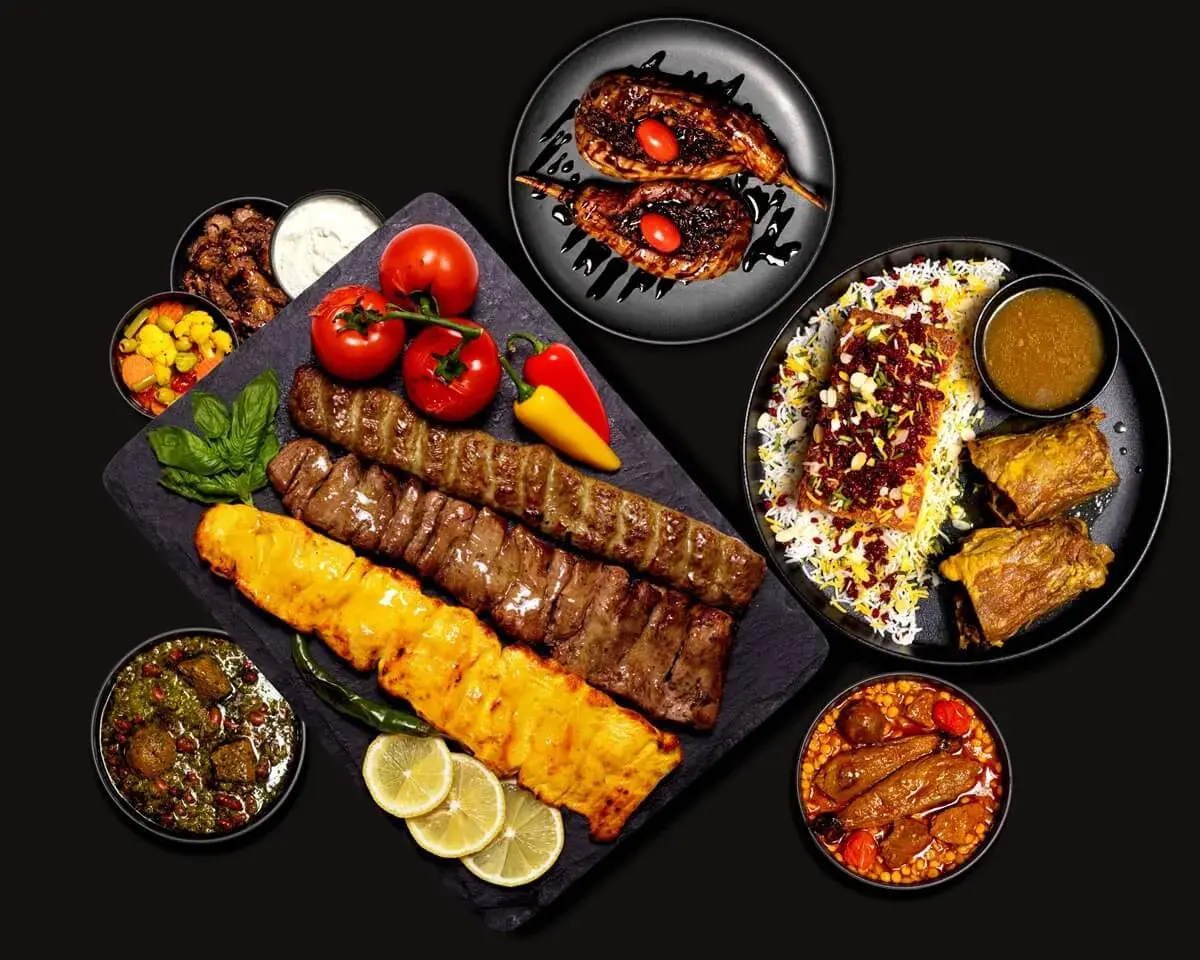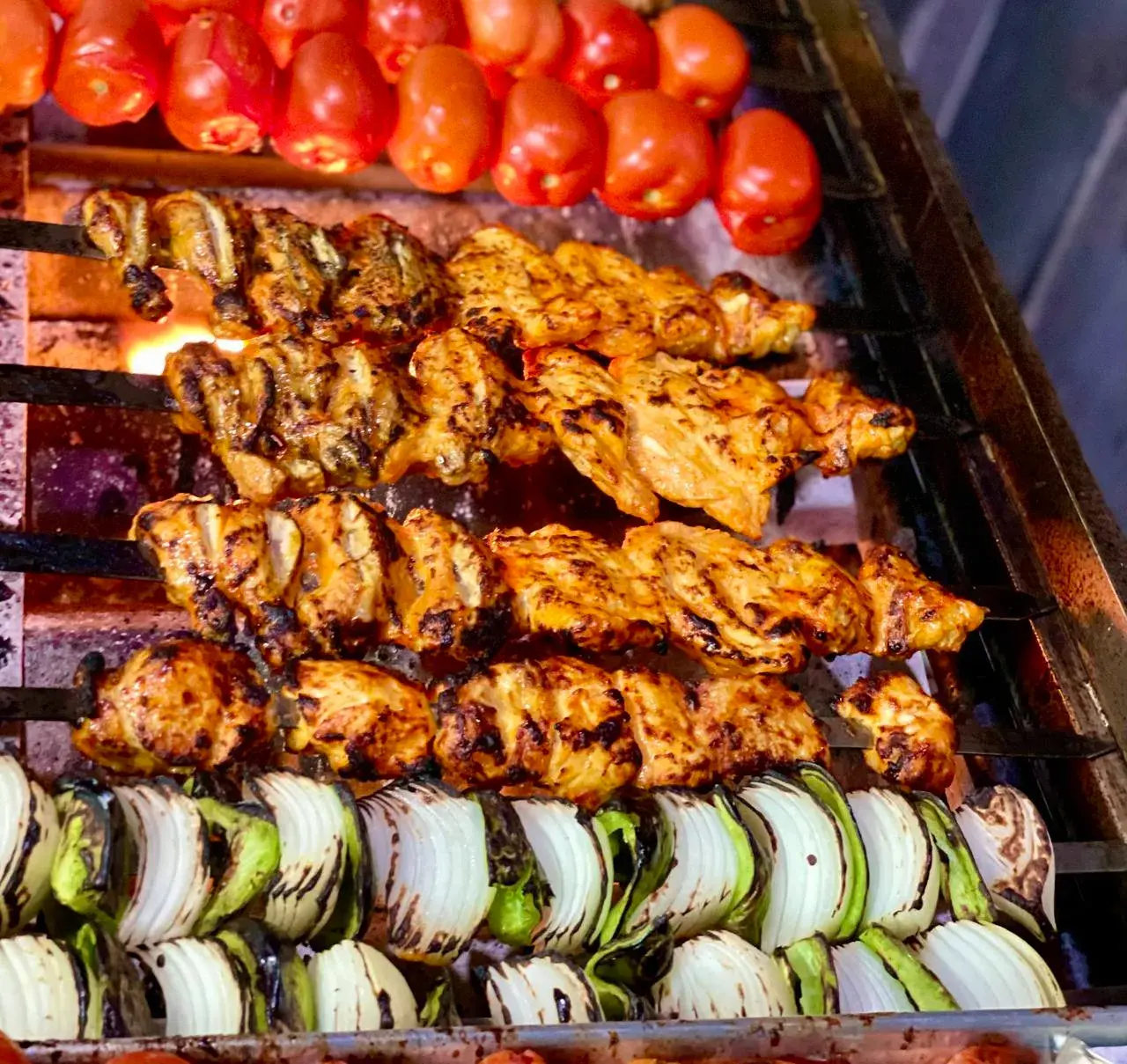Persian cuisine is a dance of aromas, colors, and flavors — each bite infused with centuries of culinary wisdom. At Shamshiri Persian Grill in Glendale, CA, we honor that tradition by using only the finest spices and herbs to bring our recipes to life.
But what gives Persian food its signature flavor? It’s not about overwhelming heat or heavy seasoning — Persian cooking is all about balance, subtlety, and fragrance. In this post, we’ll uncover the essential spices behind some of our most loved dishes, and why they matter so much in Iranian cuisine.
1. Saffron – The Golden Jewel of Persian Cooking
No spice defines Persian food more than saffron. Harvested by hand from delicate crocus flowers, saffron is prized for its vibrant color, floral aroma, and deep, earthy-sweet flavor.
We use saffron in many of our dishes at Shamshiri, from steamed Basmati rice to Adas Polo and Zereshk Polo. Just a pinch brings warmth and complexity, making every plate feel luxurious and special.
Pro tip: The best way to use saffron is to steep the threads in warm water before adding it to your dish — unlocking maximum color and flavor.
2. Sumac – Tangy, Bright, and Underrated
Ever wonder what gives our kabobs that extra spark? It’s probably sumac — a deep-red spice made from dried, ground sumac berries. With a lemony, slightly astringent flavor, sumac is used to brighten meat dishes and salads without overpowering them.
At Shamshiri, you’ll often find sumac on the table alongside salt and pepper. Sprinkle it over Koobideh or Shish Kabob for a burst of acidity that elevates the meat’s natural richness.
3. Turmeric – Earthy and Essential
Turmeric is another core spice in Persian kitchens, giving dishes a warm yellow hue and subtle bitterness. It’s used as a base seasoning in many stews, like Ghormeh Sabzi and Gheymeh Bademjan, and also plays a role in marinades for chicken and lamb.
Beyond flavor, turmeric is valued for its anti-inflammatory and antioxidant properties — a true example of food as medicine.
4. Dried Limes – The Secret to Depth and Tang
Known as limoo amani in Farsi, dried limes are a game-changer in Persian stews. Their bold, citrusy bitterness adds a unique layer of flavor to dishes like Ghormeh Sabzi, where they’re stewed whole with herbs and beef.
At Shamshiri, we use dried limes to bring complexity and brightness to our slow-cooked entrees, balancing rich ingredients with a pop of acidity.
5. Kashk – More Than a Spice, It’s a Tradition
While technically a fermented dairy product, kashk deserves a spot on this list for its distinctive flavor. It’s tangy, salty, and creamy — somewhere between yogurt and cheese — and often used as a topping for soups like Ash-e-Reshteh or for enhancing eggplant-based dishes like Boroni.
It’s one of those ingredients that surprises first-time diners, then becomes a favorite.
The Art of Balance in Persian Cuisine
What makes Persian food so unique isn’t just the individual spices — it’s the way they’re used together. Each dish is carefully layered with flavor, from the aromatic base to the garnish on top.
At Shamshiri Persian Grill, we don’t cut corners. We use traditional ingredients with patience and care, bringing you the kind of bold-yet-subtle taste you can’t find just anywhere.
Taste the Tradition at Shamshiri Persian Grill in Glendale, CA
Whether you’re savoring saffron rice, a smoky kabob, or a slow-simmered stew, the spices behind the scenes are what truly elevate the experience.
Come taste the flavors of Iran — crafted with love, served with pride.
Shamshiri Persian Grill
📍 Glendale, California
✨ Authentic. Flavorful. Unforgettable.



